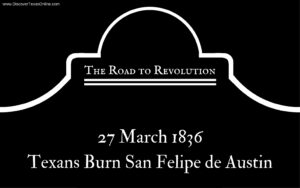This series of posts addresses the rationale behind my Homeschool How-To course How to Make Learning Meaningful, Memorable, and FUN! . . . coming in September. The first Homeschool How-To course How to Teach the Way Your Child Learns is available NOW! 🙂

One question new homeschool parents often ask is, “How do I make time to teach them all?”
Teaching “One-Room Schoolhouse” Style with all ages together can be tricky! How did those early teachers do it?
Teach every subject you possibly can with all ages together!
There are, of course, subjects like reading, spelling, music, and math where one skill builds upon the last. These must be taught sequentially.
But the others?
If you teach Bible, does it really matter whether you start in Genesis or in Matthew?
In Literature, can you allow capable readers to read aloud and then discuss a classic story that all can enjoy?
Courses like Science and History can be taught in cycles.
- Try rotating through Earth Science, Biology, Chemistry, and Physics doing as many demonstrations and experiments as possible. Younger students will enjoy simply growing things and blowing things up. 😉 Older students will be ready to revisit the concepts they learned previously and build upon them.
- When you teach History, it’s a smart idea to cycle through World History, American History, and State History–touching on Geography and Government as you go. Students will take from the lessons what is appropriate to their understanding, and when you revisit that era in a few years, they will learn the now-familiar stories in greater depth.
Real-life experiences keep the lessons meaningful and memorable for every age
When students learn in the context of real life–whether that’s through unit studies and projects, field trips, reading “real” books (as opposed to textbooks), apprenticeships, or in conversation with others–the skills they’re learning automatically have context within their experience.
Of course success and fun times are always fun to remember, but children and people of all ages can learn even through their failures, mistakes, and not-so-fun adventures. Sometimes the lessons we learn “the hard way” are the most memorable of all, and isn’t it wonderful when our mistakes and struggles can happen within the context of families and friends who love us and can help us try again?
Common experiences transcend age segregation
I’ve compared my blend of real-life teaching methods to singing a song with voice parts. Each one sings the notes they can reach, and the song is made even better because all the complex parts work together! Whether you work on an age-integrated project or take a field trip as a family, each person participates in a way that’s appropriate to their own abilities, but at the same time they’re exposed to what everyone else is doing.
The subtle complexities of learning together make the experience better for everyone!



